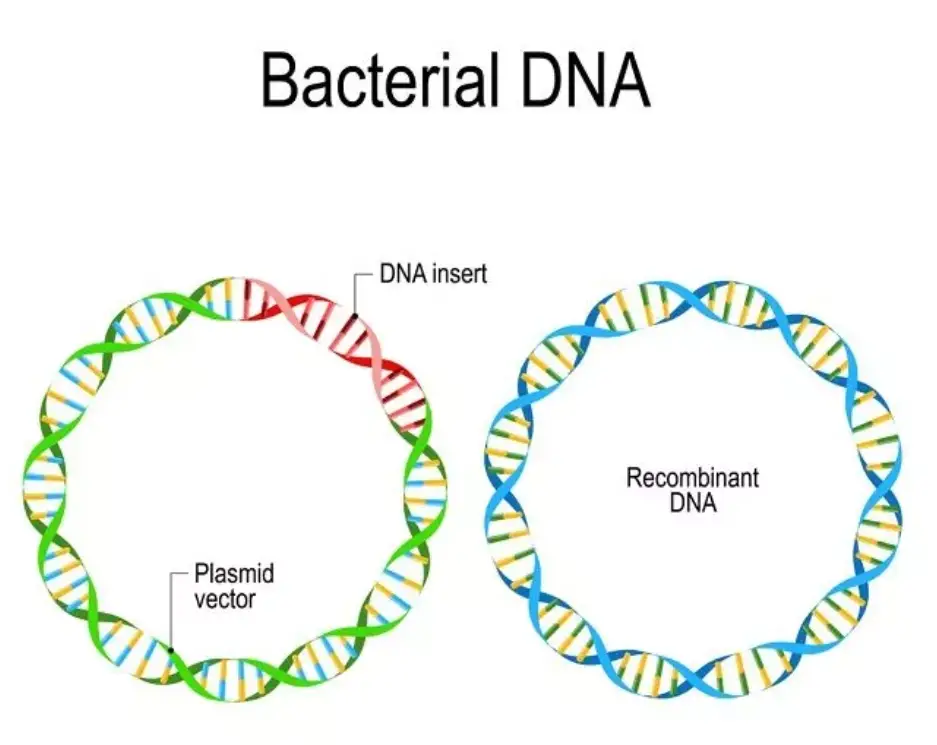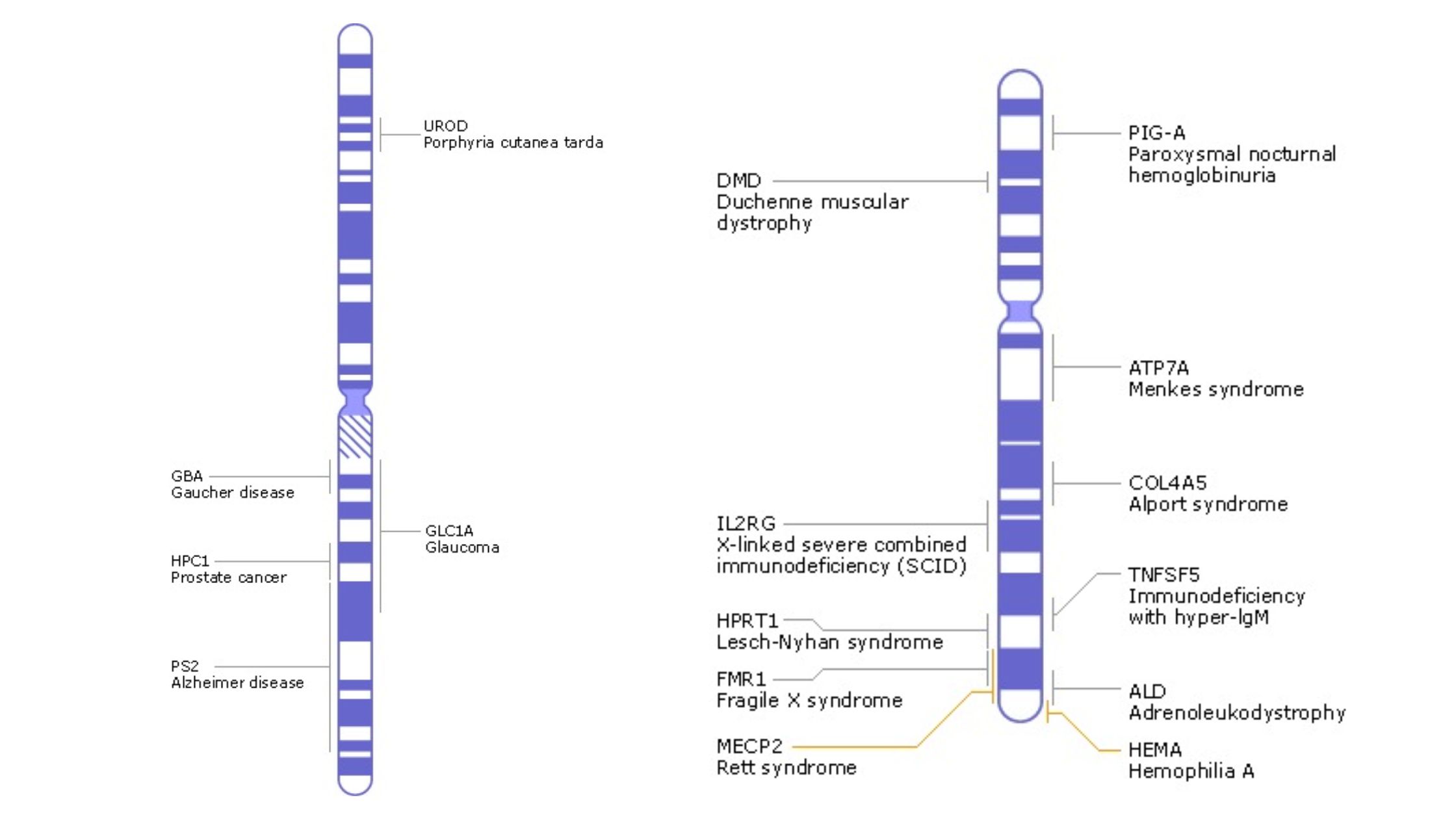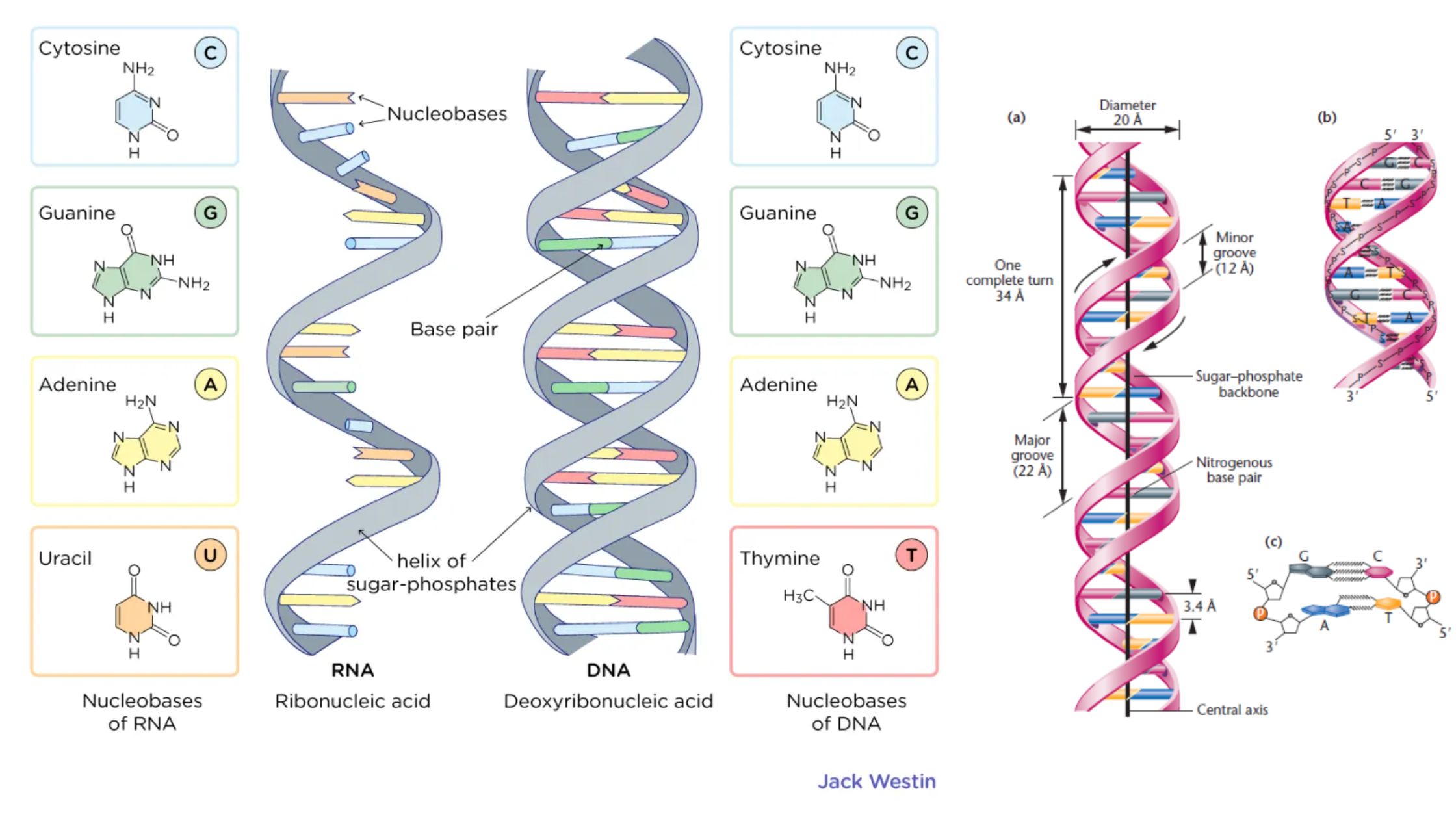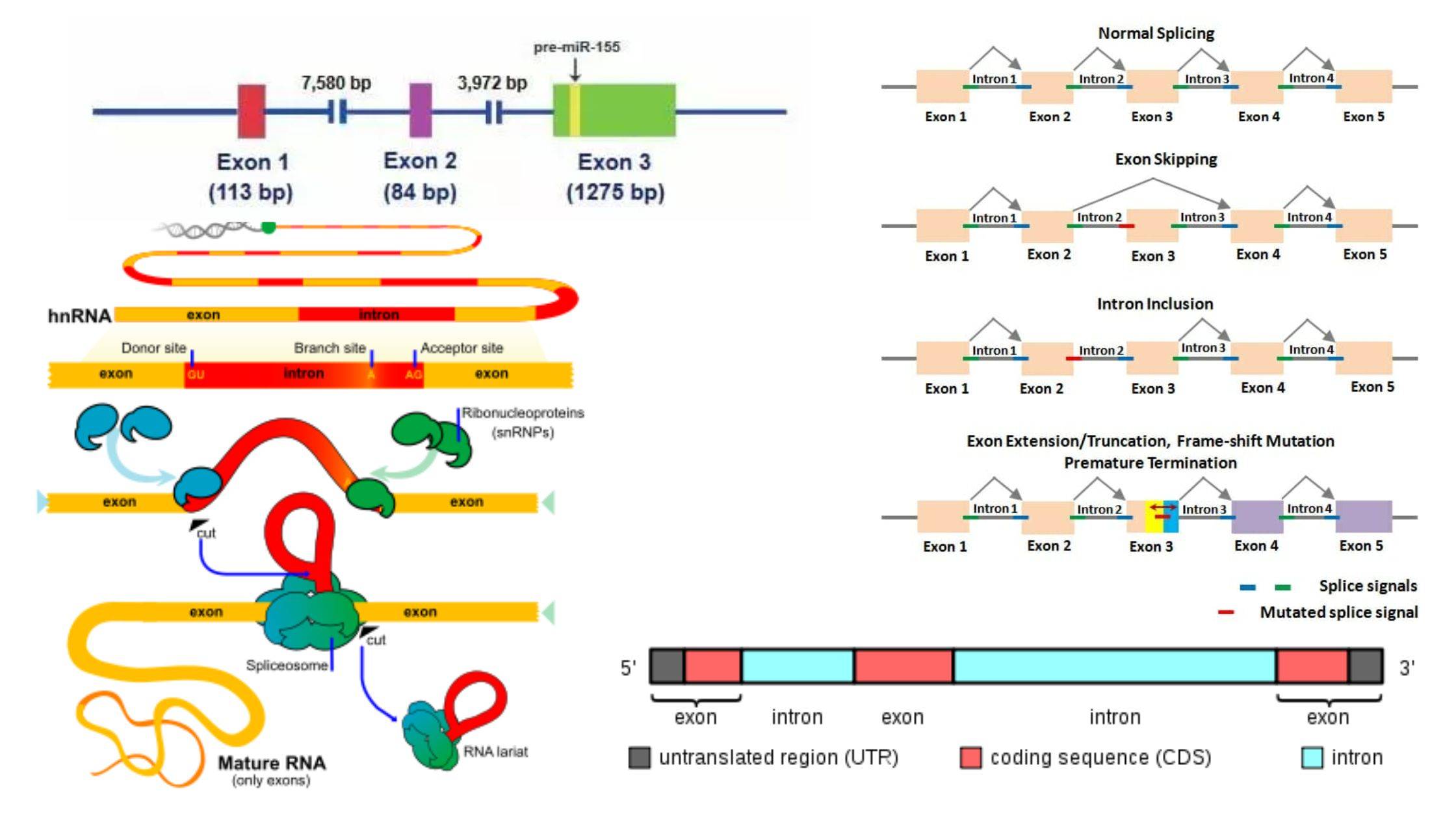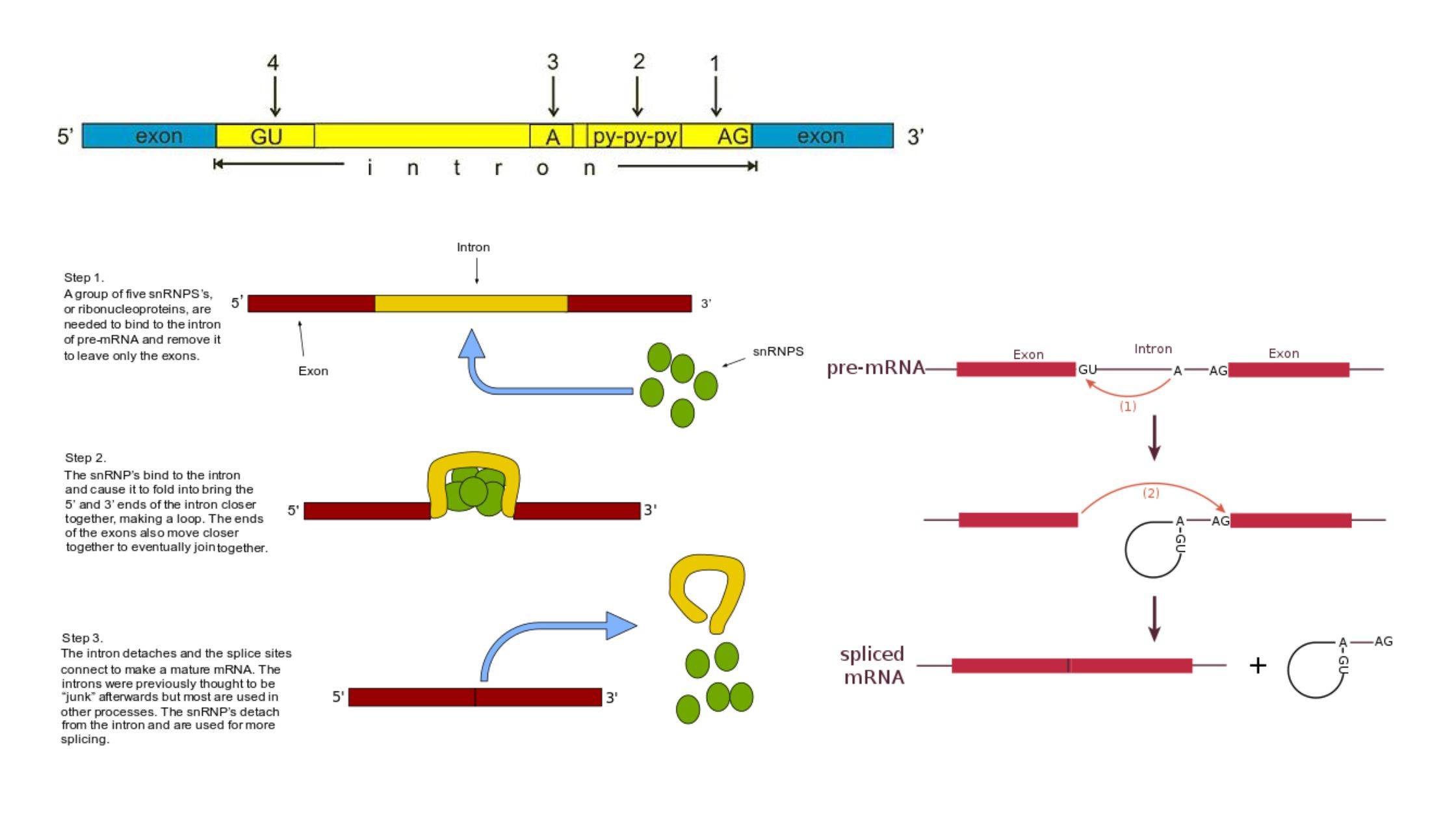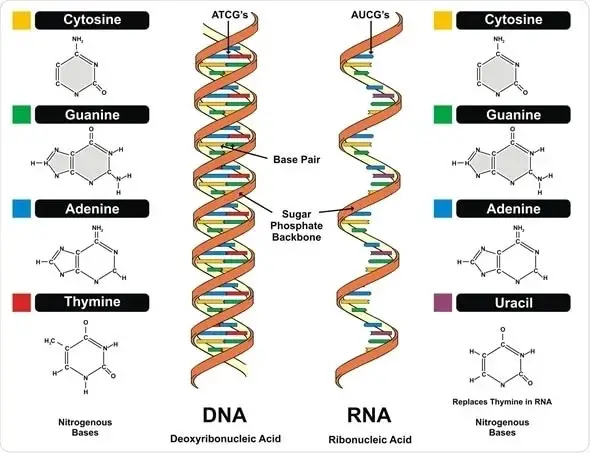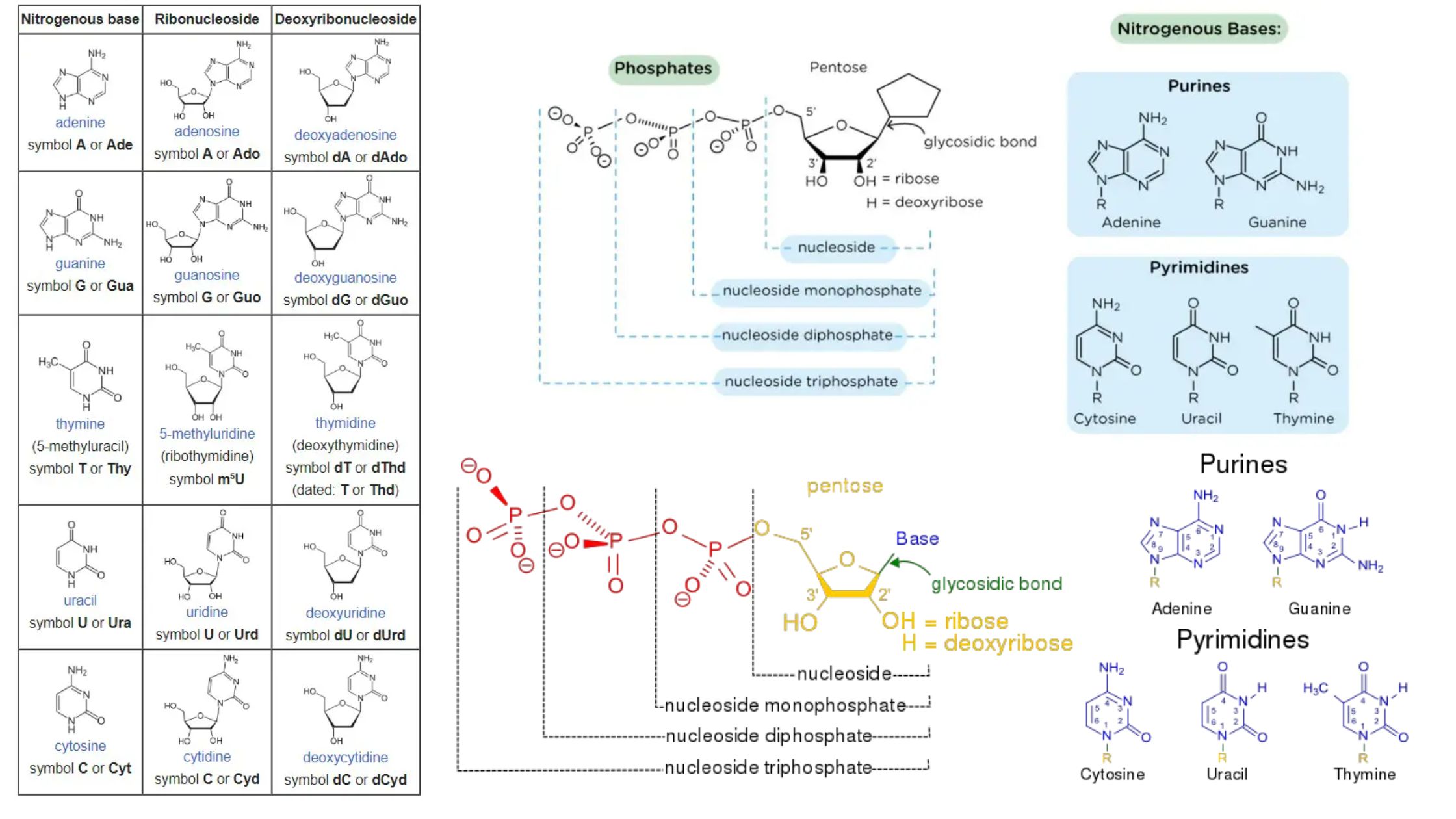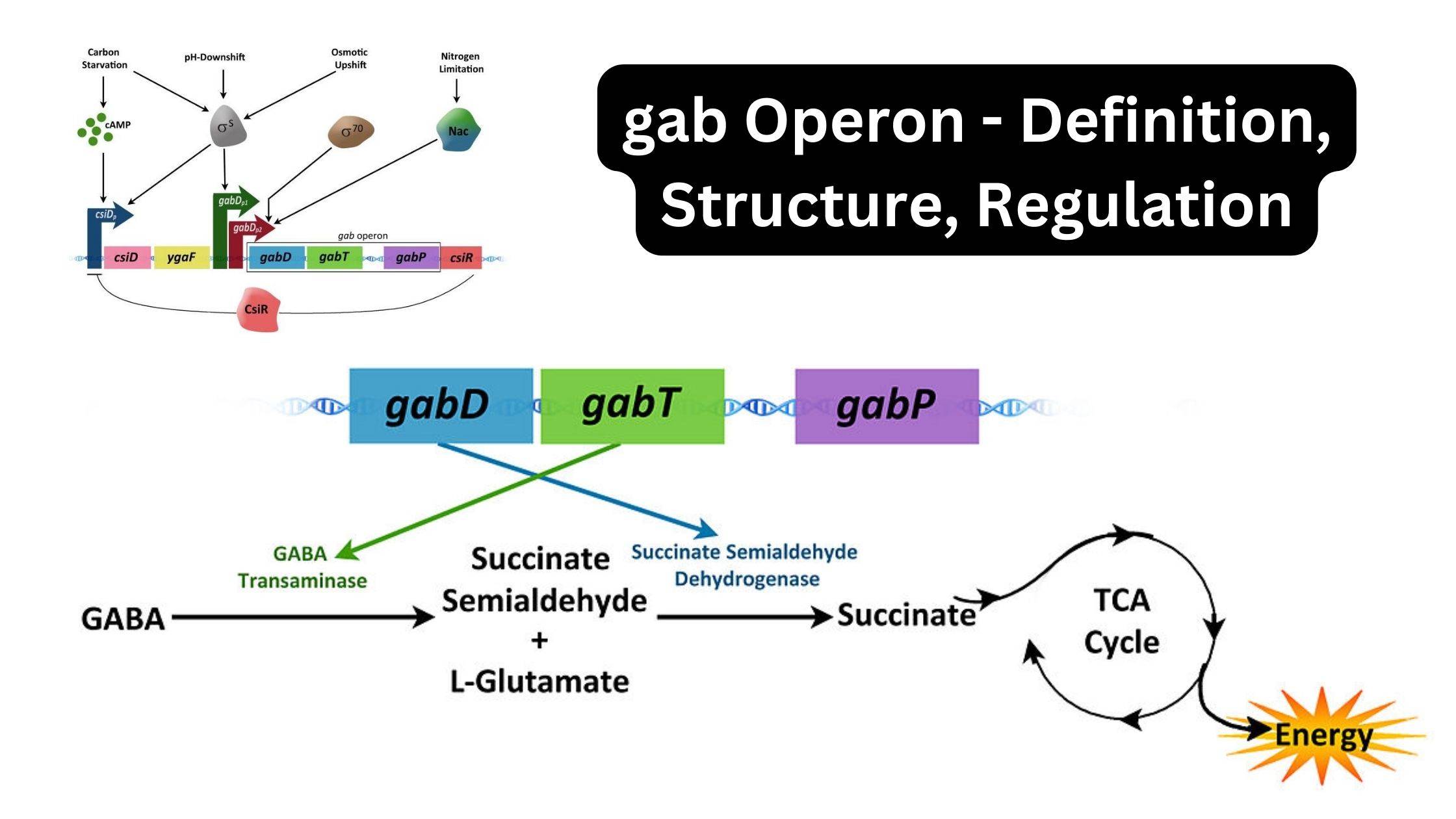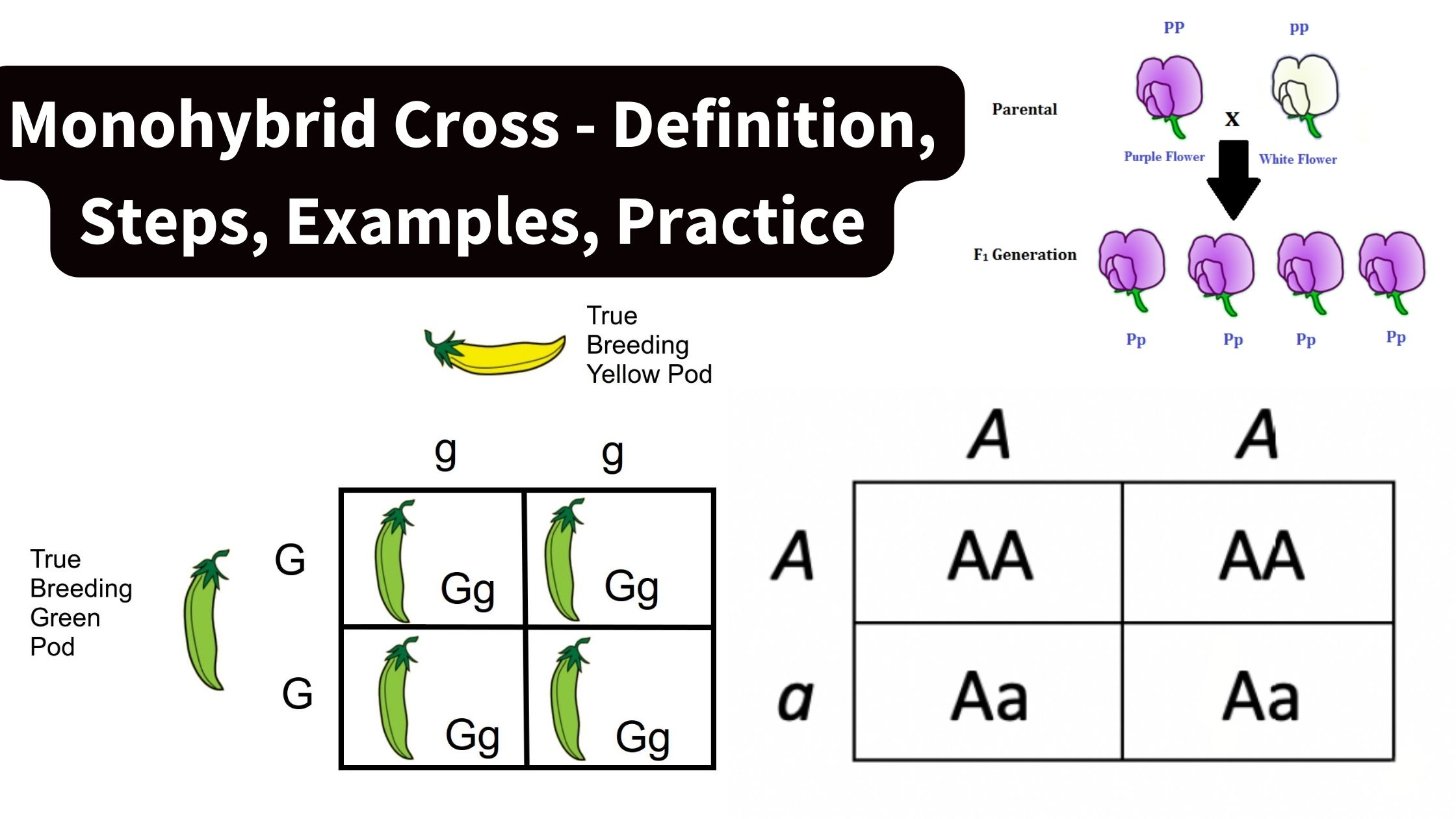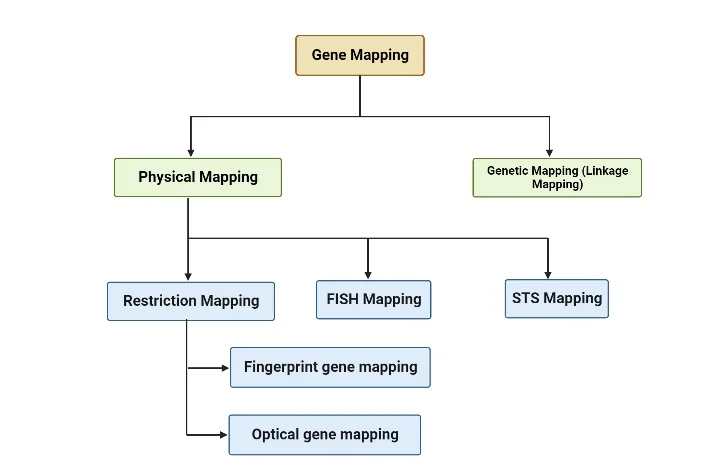Recombinant DNA – Definition, Formation, Applications, Examples
What is Recombinant DNA? Definition of Recombinant DNA Recombinant DNA (rDNA) is a form of DNA constructed in the laboratory by joining genetic material from multiple sources, creating sequences not naturally found in any organism. Characterisitcs Features of Recombinant DNA Recombinant DNA (rDNA) refers to the formation of new combinations of DNA sequences that are … Read more
